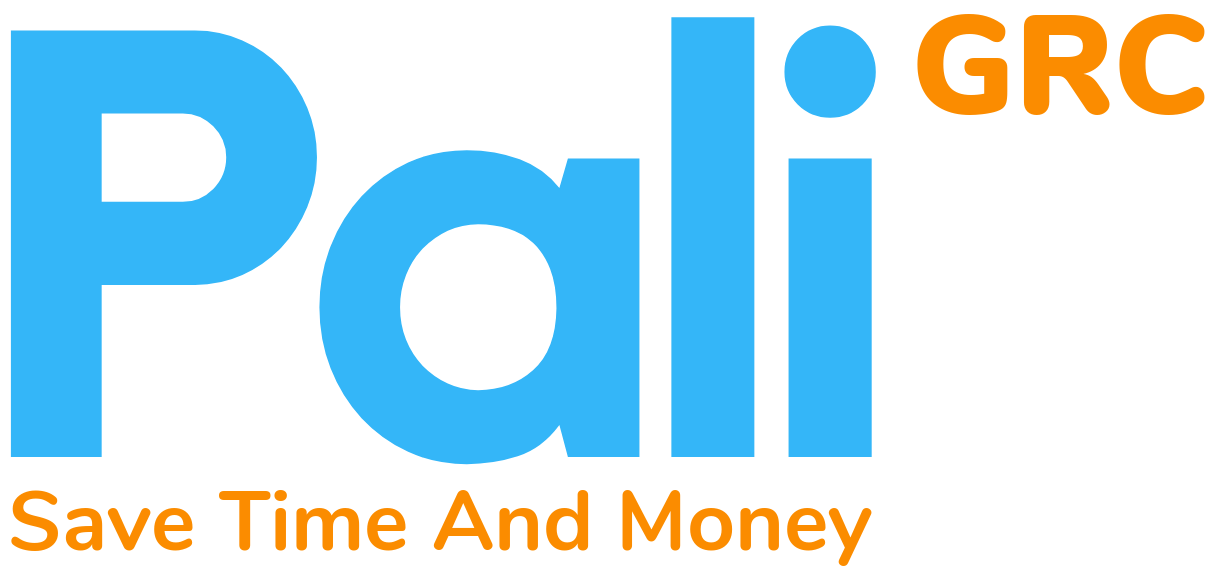The Best System
The Best System is One That Everyone Will Use
In today's rapidly evolving digital landscape, good software systems have become the lifeblood of businesses across the globe. These systems are the invisible hands that streamline operations, boost efficiency, and ultimately drive success.

Introduction
In a world where adaptability and innovation reign supreme, it's crucial to understand the significance of having a system that is embraced by everyone within a business. The saying, "The best system is one that everyone will use," resonates more profoundly than ever in the context of modern business.
The role of software systems in business cannot be overstated. They serve as the backbone for various operations, from customer relationship management and inventory control to financial transactions and data analysis.
A well-implemented software system has the power to transform how a business operates, providing a competitive edge that can be the difference between thriving and faltering in the market.
Learning From Disaster
The Titanic serves as a well-known historical tragedy that unfolded due to a reluctance to adopt an efficient system. It stands as a poignant illustration of the grave repercussions that can arise when a new system is met with resistance.
Billed as the unsinkable ship, the Titanic was a marvel of modern engineering and technology for its time. Yet, on that fateful night in 1912, it succumbed to the icy depths of the North Atlantic. What led to this disaster was not a lack of technology but a failure to use the technology effectively.
The ship was equipped with a state-of-the-art wireless communication system, which could have saved lives had it been fully embraced and utilised. However, many operators at the time considered it an unnecessary expense and were not trained adequately to operate it. As a result, distress signals from other ships warning of icebergs went unheeded, and the consequences were devastating.
This historical example is a stark reminder of the importance of embracing and effectively using the systems at our disposal. In the organisational world, refusing to adapt to new software systems can have consequences that are less immediately catastrophic but nonetheless detrimental to a business's long-term health. Inefficient processes, reduced productivity, and missed opportunities are just a few of the consequences that can result from failing to implement and adopt the right systems.
How To Ensure Everyone Uses A System
Understanding User Needs
To implement a system that everyone will use, businesses should prioritise understanding the unique needs and preferences of their end-users. This involves soliciting feedback from employees and stakeholders and involving them in the specification design and selection process. When users feel heard and their needs are met, they are more likely to embrace and champion the system.
Effective Training
The introduction of a new software system should be accompanied by good training programs. Thought leaders within the business can be trained to pass on their knowledge so that training can be tailored to the skill levels and needs of different user groups. Investing in training ensures that employees are confident in using the system, reducing resistance and increasing adoption.
Change Management
Resistance to change is a common hurdle when implementing new systems. Businesses can overcome this by implementing change management strategies that help employees transition smoothly. Effective communication, involvement in decision-making, and highlighting the benefits of the new system are crucial aspects of change management.
Iterative Improvement
An adaptable system that accommodates evolving business needs is essential. Businesses should foster a culture of continuous improvement by regularly updating and enhancing their software systems. Involving users in this process, by encouraging them to suggest improvements or report issues, creates a sense of ownership and investment in the system's success.
User-Friendly Design
The ideal system should be user-friendly, intuitive, and efficient. User interface (UI) and user experience (UX) design should be a priority. A system that is easy to navigate and minimises unnecessary complexity will encourage widespread adoption.
Feedback Loops
Implement feedback mechanisms that allow users to report issues, provide suggestions, and share their experiences with the system. This two-way communication fosters a sense of partnership between users and the business.
Conclusion
Clearly the best system for any business is one that is embraced and utilised by every member of the team. The critical role of software systems in business cannot be understated, and history has shown us the dire consequences of refusing to adapt to effective systems.
To thrive in today's fast-paced business environment, companies must prioritise user-friendly, efficient, and adaptable software systems. Technology should be a tool for enhancing the human experience, not a barrier to it.
Placing the customer experience at the forefront is the key to success. Only then can a business truly leverage the power of technology and ensure its long-term growth and prosperity.
The Pali GRC difference
Pali GRC has been designed from the ground up to be as friendly and intuitive as possible.
Pali GRC streamlines and manages your governance, risk, and compliance activities so you can stay a step ahead of uncertainty, and meet all your stakeholder expectations.
Please contact us to find out more and arrange a demonstration.
You've got to start with the customer experience and work backward to the technology. You can't start with the technology and try to figure out where you're going to sell it.

